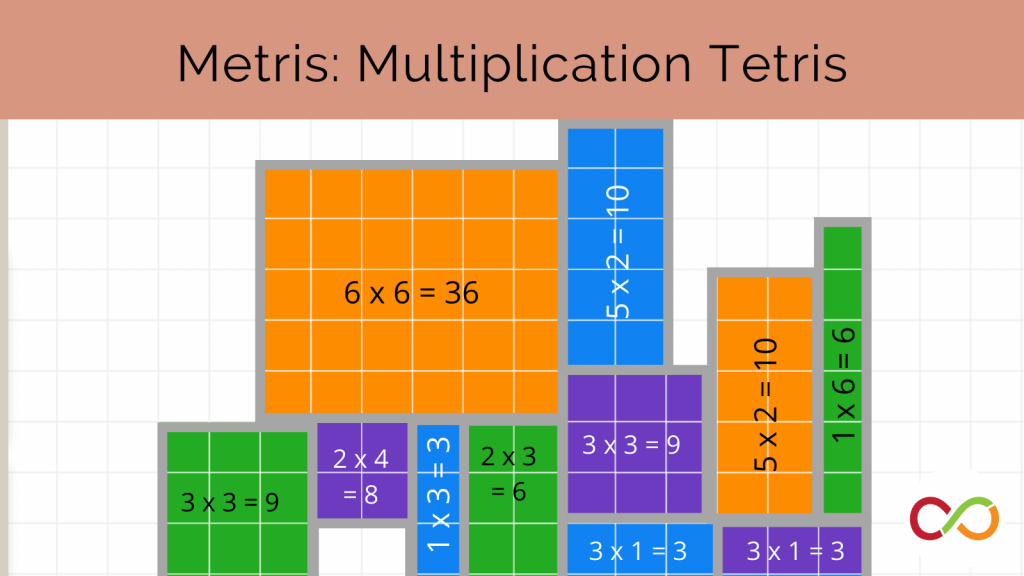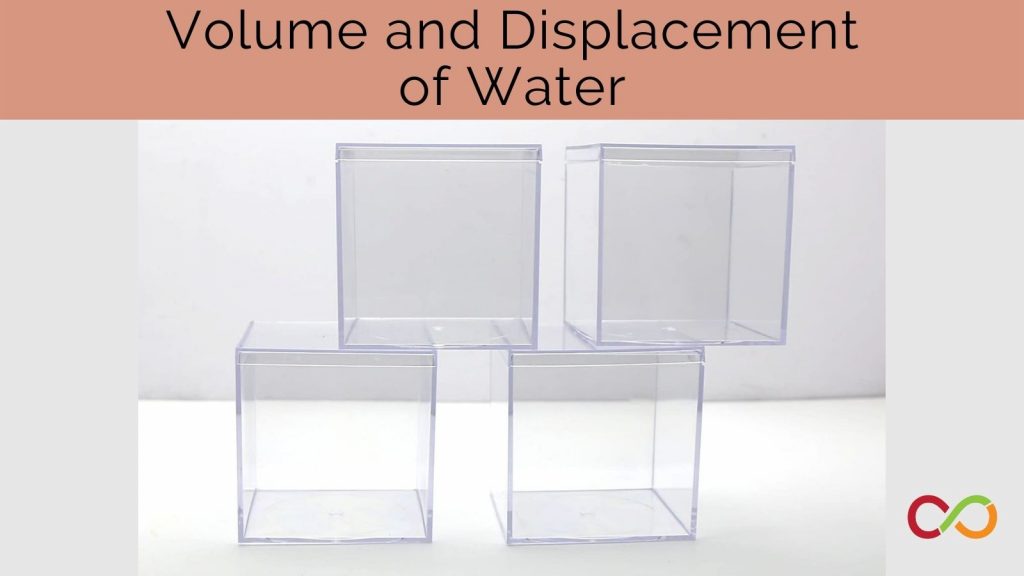Perimeter Challenge
Junior (Age 9 – 12)
Curriculum Goal
Junior: Geometry and Spatial Sense/Measurement
- Show that two-dimensional shapes with the same area can have different perimeters, and solve related problems.
- Use appropriate units of length to estimate, measure, and compare the perimeters of polygons and curved shapes, and construct polygons with a given perimeter.
Context
- Students have previously measured shapes, and determined the perimeter of shapes
- Full class lesson, moving to partner work
- An exploratory lesson related to perimeter.
Materials
- Math tiles
- Graph paper
- Pencils
- Smartboard/whiteboard
Lesson
- Review how to find the perimeter of a shape.
- Explain to students that they will be finding the perimeter of shapes that are made up of units and that their perimeter is measured in units rather than centimetres or metres.
- Present students a shape like the one below and discuss how they would find the perimeter of this shape. Here, counting the outside edges of the shape reveals that P = 14 units.
- Note that some units may have more than 1 side counted.
- Tell students that they will work with a partner to make as many different shapes as they can with 24 math tiles, with units connecting edge to edge. The challenge is that each shape must use all 24 tiles and have a different perimeter (i.e., if they already found a shape with this perimeter, the new shape does not count towards the challenge).
- Instruct students to record all eligible shapes on their graph paper, with its corresponding perimeter.
- After 20 minutes, discuss the following questions to extend students’ thinking:
- What was the area of the shapes? Did it change? Why?
- Was it difficult finding shapes that had different perimeters?
- If you found a shape with a perimeter you had already found, how did you reconfigure it so that it had a new perimeter?
- How many different perimeters could we find? What was the biggest perimeter? Smallest? How many ways could these extreme perimeters be made?
- Does anyone have examples of shapes that looked very different, but had similar perimeters?
- What would happen if we allowed units to connect at the vertices too?


Look Fors
- Are students properly determining the perimeter of the shape? Are they forgetting to count sides?
- Are students coming up with strategies for the challenge?
- What do students discover during the activity?
Share this lesson
Share on facebook
Share on twitter
Share on email


